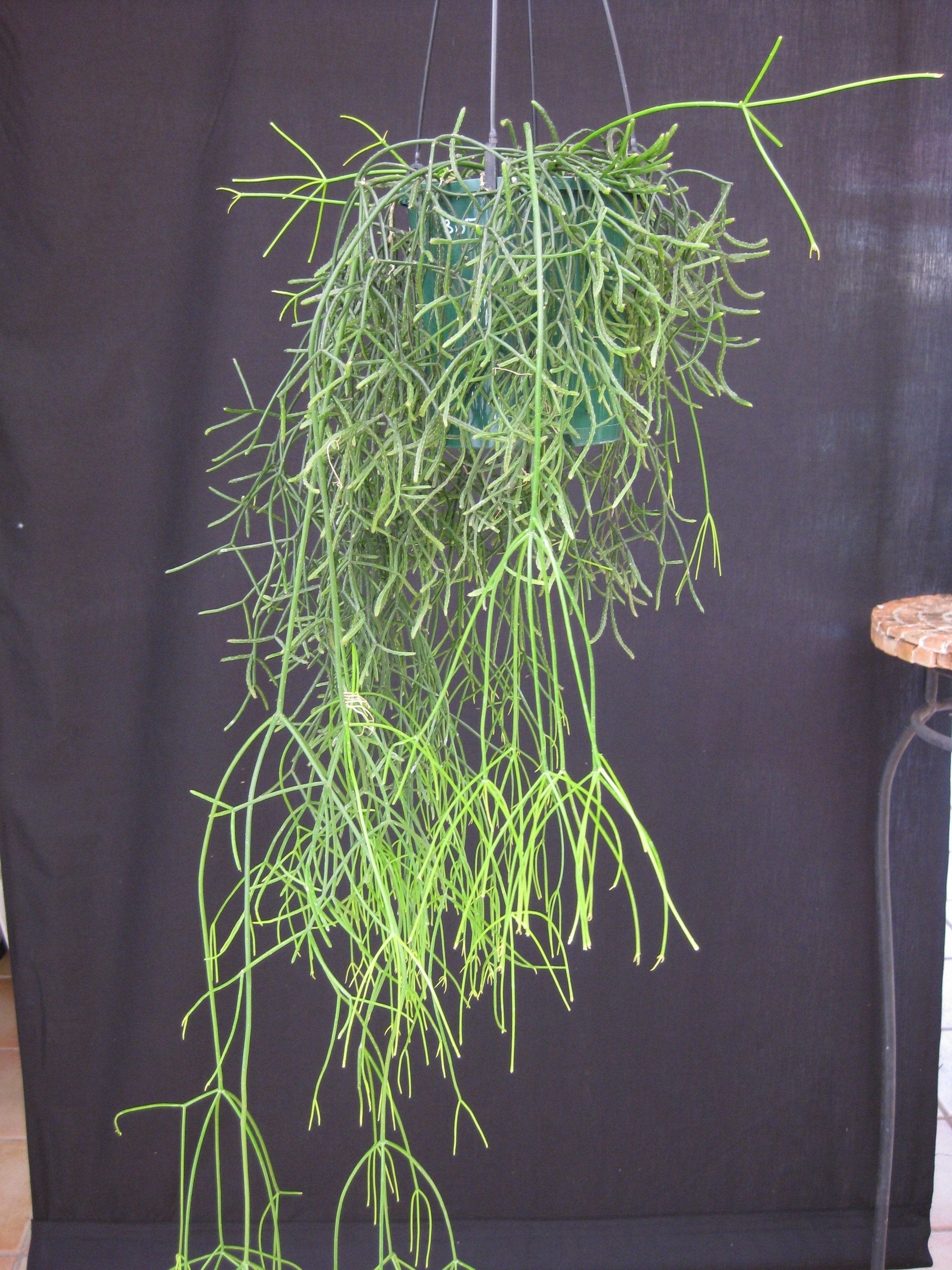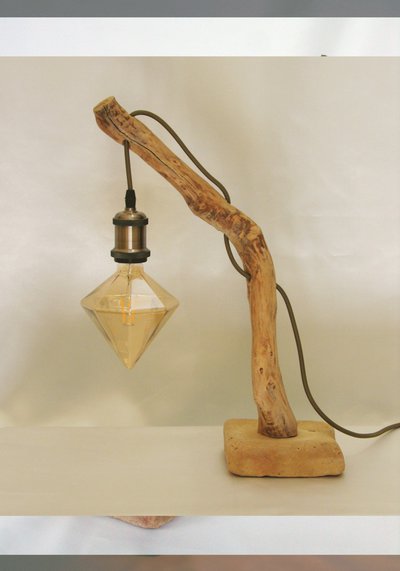

They are more than happy to spend their days soaking up the sun or helping out a smaller animal that may be stuck or lost. Through the ages, the treant have sat peacefully in their chosen habitat.
#Treants living in prismatica skin
Sporting a skin of thick wood and bark, this is very easy to do when they do not move for extended periods of time. They can grow tall and large if they are not mistaken for a fallen or standing tree. Sometimes covered in leaves or moss, treants are tree-folk. They are very protective of the forest around them and have been known to take retribution for anyone harming it. Mainly a docile race treants prefers to keep to themselves, and tend to the forest around them. These occurrences can be attributed to the treant. When walking through the forest, have you ever gotten the feeling that the trees might be watching you? Or maybe you heard something walking through the dark and assumed it must be a very large animal. For more information on copyright law, see D&D Wiki:Copyrights.Įdit this Page | All pages with an unattributed image If the source of the image cannot be located or the copyright holder wishes for the image to not be on this page, then remove the image. If you own this image, or it is covered by public domain, consider uploading the image to D&D Wiki. "Pinterest" isn't a source it's an aggregate of images copied or linked to from other websites.

"Google" isn't a source it shows web search results. Please include on this page the name of the artist or copyright holder, in addition to a link to the artist's website if available and appropriate. One or more images on this page are unattributed. If you do not understand balance please leave comments on this page's talk page before making any edits.Įdit this Page | All pages needing balance When the mechanics have been changed so that this template is no longer applicable please remove this template. You can help D&D Wiki by better balancing the mechanics of this page. This race needs some trimming down to be balanced. You are not only large size, which is very strong using the variant rule, your natural armor from tortle also makes you a perfectly viable spell caster to summon unbalancing things, and is worth far more than a 0.5. Reason: Taking a closer look at the old musicus ratings, there are some incorrect numbers. Yellowstone is a dangerous place.This page is of questionable balance. Hydrothermal water can severely burn you.Stay on boardwalks and designated trails.Microorganisms in Yellowstone need these extremes to survive.

Imagine living in near-boiling temperatures, in hydrothermal features with the alkalinity of baking soda, or in water so acidic that it can burn holes in clothing. Orange, brown, and green thermophiles grow in cooler waters. They are nourished by energy and chemical building blocks.Ĭolorless and yellow thermophiles grow in the hottest water.

They are called thermophiles: "thermo" for heat and "phile" for lover.Īlthough they are too small to be seen with the naked eye, trillions are grouped together and appear as masses of color. Hydrothermal features are also habitats in which microscopic organisms survive and thrive. This circulation prevents water from reaching the temperature needed to set off an eruption. Superheated water cools as it reaches the surface, sinks, and is replaced by hotter water from below. Hot springs are the most common hydrothermal features in Yellowstone. Grand Prismatic Spring, Yellowstone’s largest hot spring, is 200-330 feet in diameter and more than 121 feet deep.


 0 kommentar(er)
0 kommentar(er)
